A stunning scientific breakthrough has upended our understanding of the ocean’s depths: researchers have discovered that oxygen can be produced in the pitch-black regions of the seafloor, far removed from sunlight. This “dark oxygen” is not the result of photosynthesis, but a product of unexpected chemical reactions occurring within deep-sea rocks. These rocks act as natural geobatteries, generating electrical currents and releasing oxygen—a phenomenon that promises to reshape marine science. The implications for life in the ocean’s abyss and our knowledge of Earth’s biogeochemical processes are profound and far-reaching.
1. A Breakthrough Decade in the Making
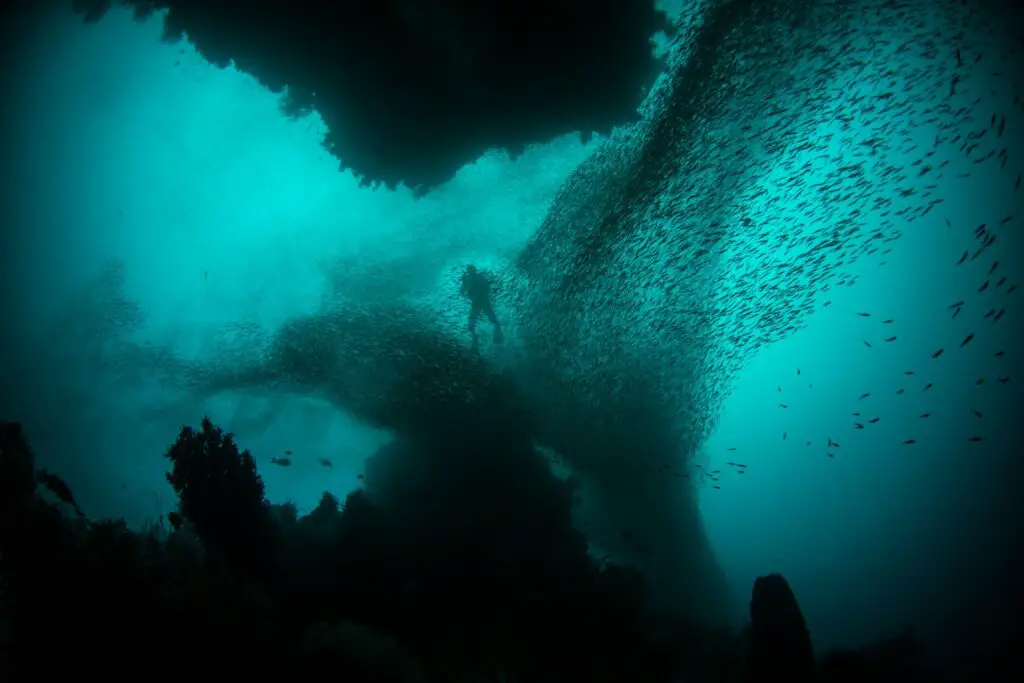
For over a decade, Professor Andrew Sweetman and his international team puzzled over mysterious spikes in oxygen levels deep beneath the ocean’s surface. Their meticulous research, spanning countless deep-sea expeditions and laboratory analyses, revealed patterns that defied conventional wisdom. Instead of dismissing these anomalies, the scientists persisted—eventually uncovering a hidden process at work within the seafloor itself. Their tenacity and curiosity led to the revelation that deep-sea rocks were not inert, but dynamic sites of oxygen generation, overturning long-held assumptions in marine science.
2. The Clarion-Clipperton Zone: An Underwater Mystery
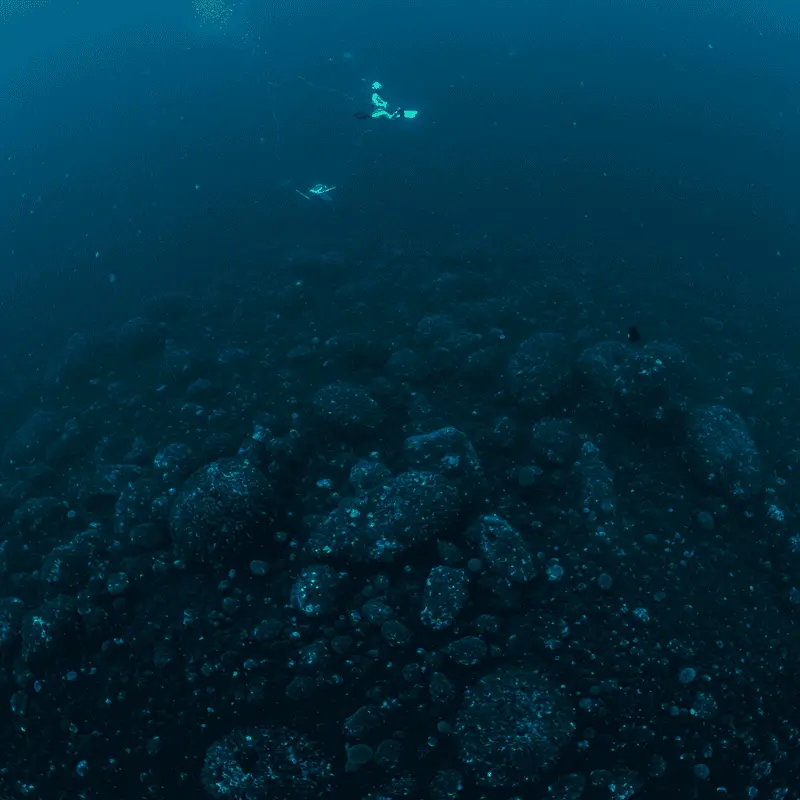
The scientific quest led researchers to the remote Clarion-Clipperton Zone, a vast stretch of the Pacific Ocean between Hawaii and Mexico. Here, the seafloor is scattered with potato-sized manganese nodules—metal-rich rocks that hold clues to ancient Earth processes. This region’s unique geology and isolation make it a natural laboratory for studying deep-sea chemistry. The Clarion-Clipperton Zone’s enigmatic environment proved crucial in identifying the geochemical reactions that create “dark oxygen,” propelling this discovery to global scientific prominence.
3. Polymetallic Nodules: Nature’s Powerhouses
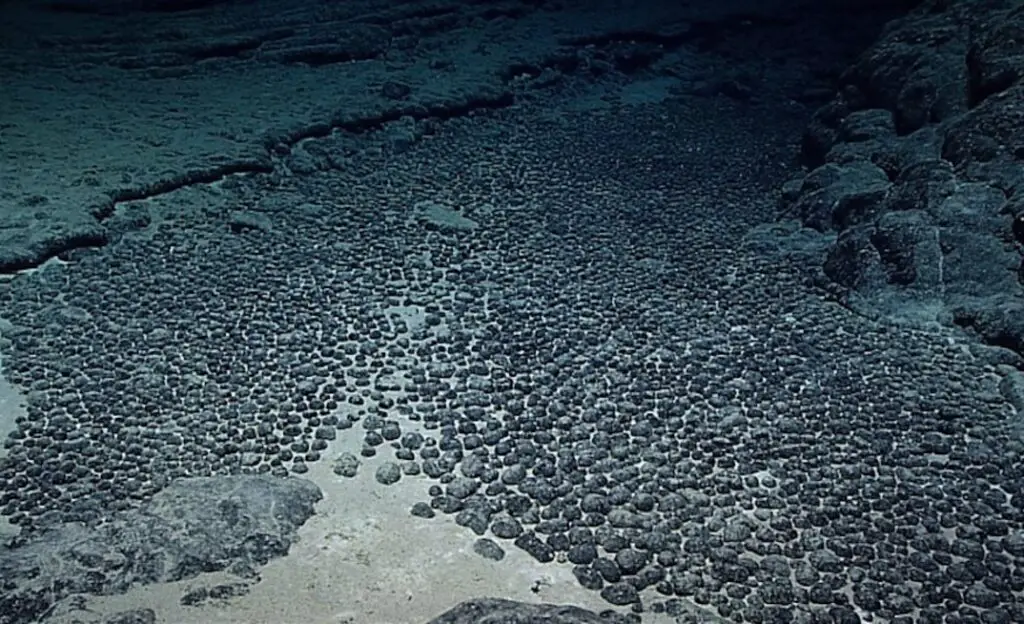
Polymetallic nodules found in the Clarion-Clipperton Zone are more than just geological curiosities. Composed mainly of manganese, nickel, and cobalt, these nodules form over millions of years on the ocean floor. Their metal-rich surfaces attract diverse microbial communities, serving as essential habitats in the abyssal ecosystem. These nodules’ complex chemistry enables them to act as tiny natural batteries, facilitating redox reactions that generate oxygen and support unique life forms far from the sun’s reach.
4. Natural Geobatteries Explained

These polymetallic nodules act as natural geobatteries, generating voltages of up to 0.95 volts—comparable to a standard household battery. Through electrochemical reactions, the nodules split seawater molecules into hydrogen and oxygen. This process, known as water electrolysis, releases “dark oxygen” into the surrounding environment. The rocks’ unique ability to channel electrons enables this transformation, supporting not only chemical cycles but also microbial life deep beneath the waves, where light never penetrates.
5. Dark Oxygen: Oxygen Without Sunlight

The discovery of dark oxygen is a paradigm shift in ocean science. Unlike traditional oxygen sources produced via photosynthesis, dark oxygen is generated entirely in the absence of light. Electrochemical reactions within deep-sea nodules release this life-sustaining gas in total darkness, defying the long-held belief that sunlight is essential for oxygen production. This revelation not only expands our understanding of ocean chemistry but also hints at previously unknown survival strategies for deep-sea organisms.
6. The Science of Electrolysis in the Deep
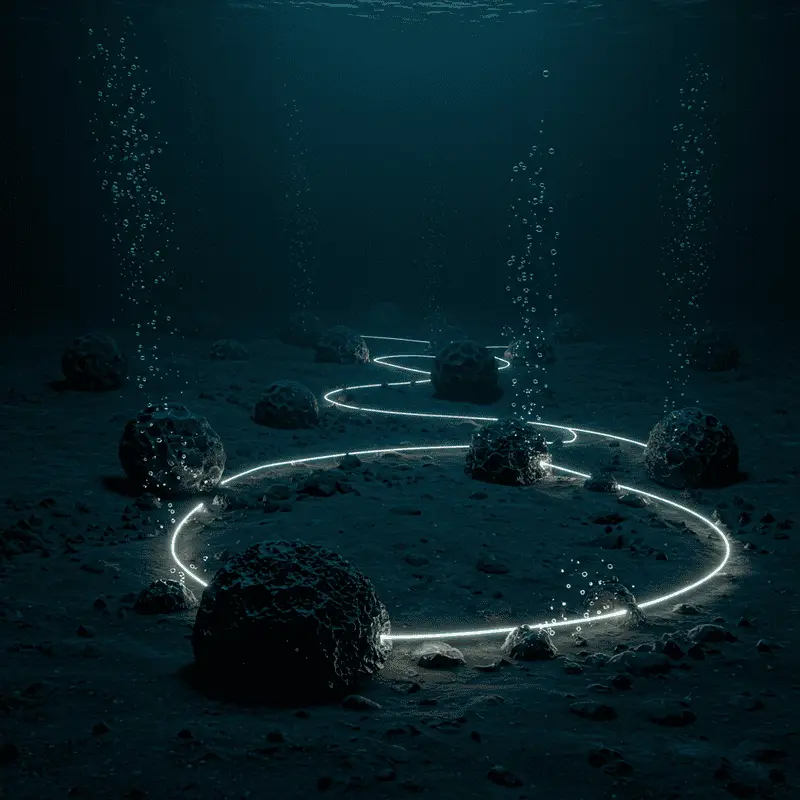
Deep-sea polymetallic nodules create natural electrical currents that mimic artificial electrolysis experiments. These voltages split seawater molecules, producing hydrogen and oxygen gases—just as in laboratory setups. The process involves electrons moving through the nodule, catalyzing the breakdown of H2O. This impressive feat of geochemistry means the ocean floor is not just a passive environment but a dynamic, energy-generating landscape, reshaping our view of the deep-sea’s potential for sustaining life.
7. Series Connection: When Nodules Team Up
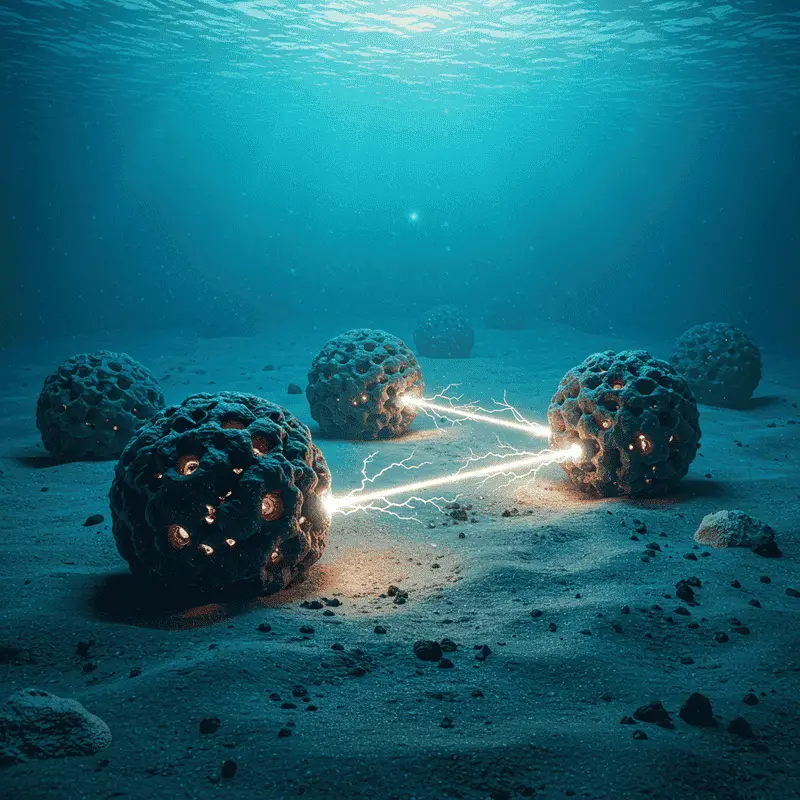
When polymetallic nodules cluster together on the seafloor, they don’t just act as individual batteries—they connect in series, much like household batteries aligned in a device. This arrangement amplifies their combined voltage, intensifying the electrochemical reactions that split seawater. The more nodules present, the greater the voltage generated, boosting the production of dark oxygen. This natural teamwork demonstrates the ocean’s remarkable ability to harness and magnify geochemical energy deep below the surface.
8. Challenging the Photosynthesis Paradigm
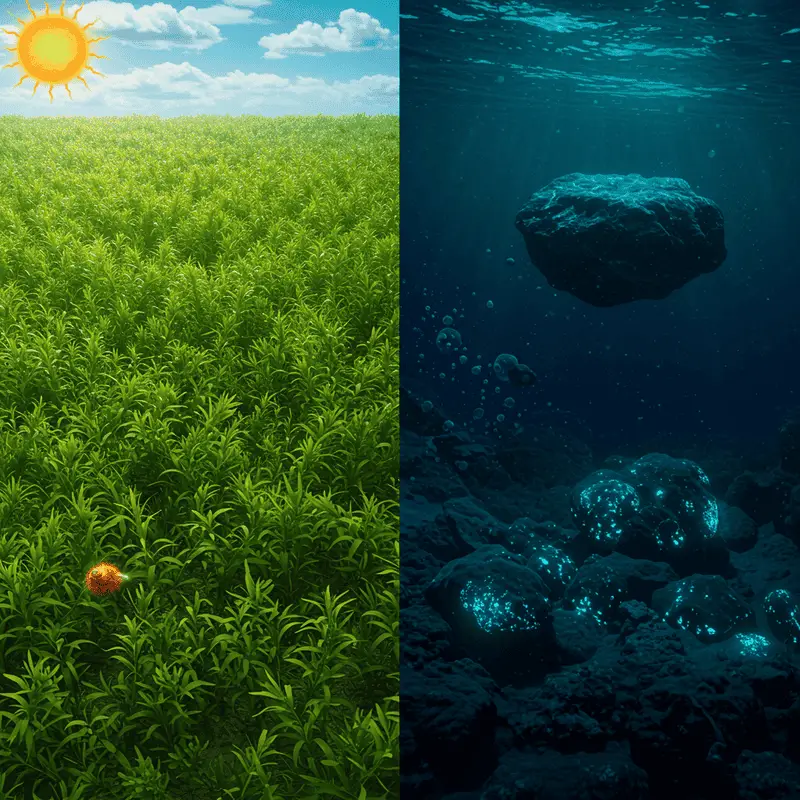
For centuries, scientists believed that photosynthesis was the exclusive source of oxygen on our planet. The revelation that deep-sea rocks can generate oxygen in total darkness disrupts this foundational understanding. Now, oxygen is no longer seen as solely the product of sunlit ecosystems. This discovery compels researchers to rethink oxygen’s origins and distribution, highlighting how geochemical processes can sustain life in Earth’s most remote and lightless environments, far beyond the reach of the sun.
9. Implications for the Origins of Life
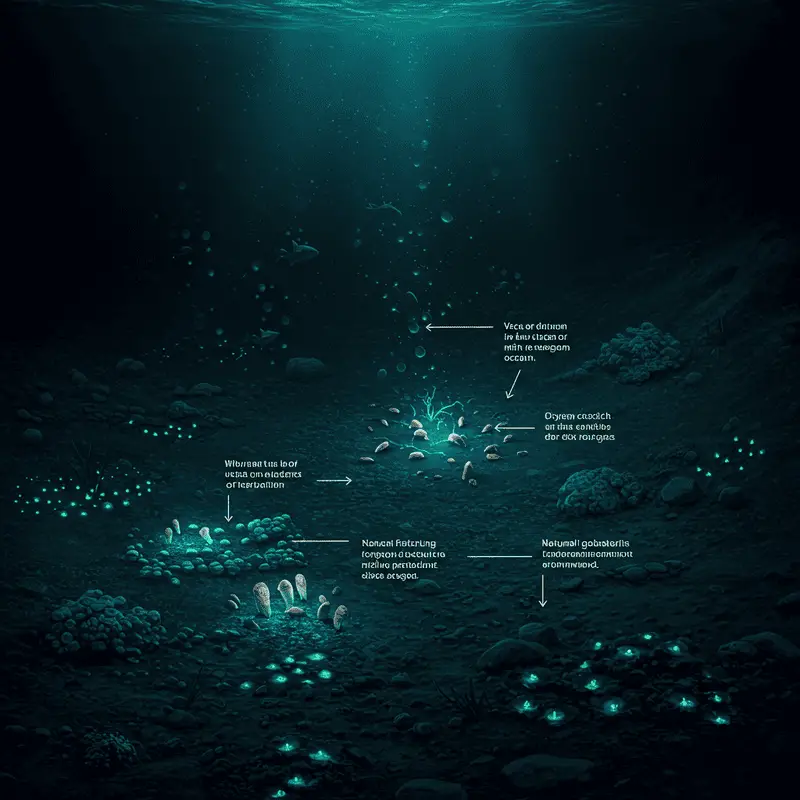
The discovery of dark oxygen production in the deep sea rewrites theories about the origins of life on Earth. If geochemical reactions can create oxygen without sunlight, early Earth’s oceans may have hosted oxygen-rich microenvironments long before the advent of photosynthetic organisms. This suggests that life could have emerged in the darkness, supported by natural geobatteries on the seafloor. Such findings inspire new perspectives on how and where life began, both on our planet and potentially elsewhere in the universe.
10. Rewriting Ocean Chemistry Textbooks
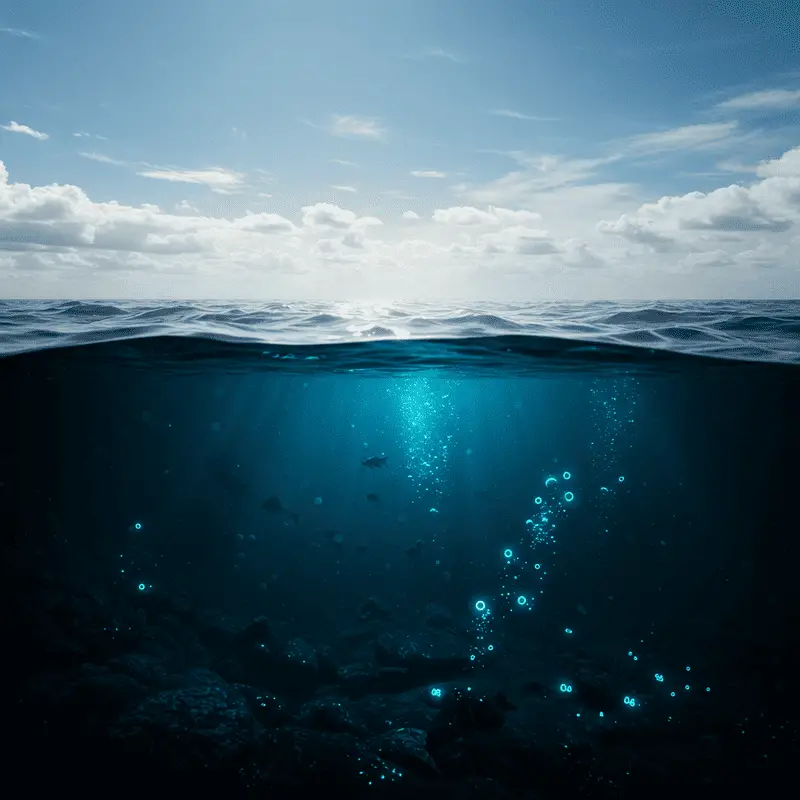
This paradigm-shifting discovery means ocean science textbooks will need major updates. Students and researchers must now consider dark oxygen and geobatteries alongside photosynthesis in any discussion of marine oxygen cycles. Curricula will expand to include the new mechanisms by which oxygen can be generated in the abyss, fundamentally altering how the next generation of scientists understands ocean chemistry and Earth’s biogeochemical systems.
11. Sensor Surprises: Oxygen Where None Was Expected

For years, ultra-sensitive sensors placed on the seafloor reported unexpected oxygen levels in environments believed to be completely anoxic. Researchers initially suspected equipment malfunctions, but repeated measurements confirmed the phenomenon. These persistent readings hinted at a hidden process at work, fueling curiosity and debate in the scientific community. Only with painstaking investigation did scientists link these anomalies to the geobattery effect within polymetallic nodules—finally explaining the mysterious oxygen signatures found in the deep.
12. The Role of Metal-Rich Minerals
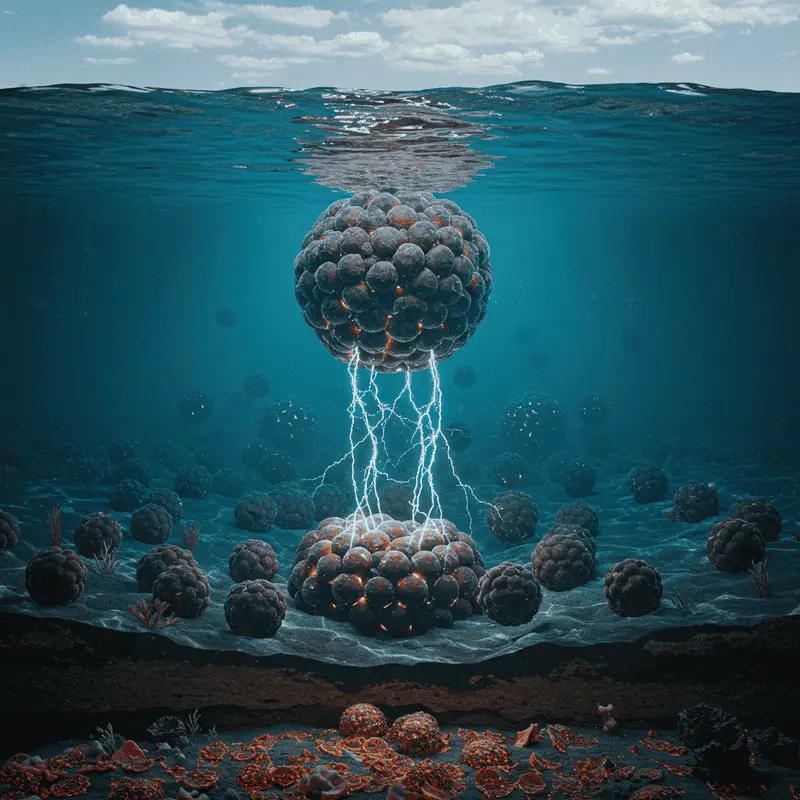
The metal-rich composition of deep-sea nodules is key to their function as natural batteries. Manganese, nickel, and cobalt each bring unique electrochemical properties, enabling efficient transfer of electrons and supporting redox reactions. These minerals facilitate the breakdown of water molecules and the release of dark oxygen. Without their presence, the geobattery effect would be severely limited, demonstrating how Earth’s mineral diversity can drive unexpected and vital chemical processes even in the ocean’s darkest depths.
13. Deep-Sea Mining and Environmental Concerns
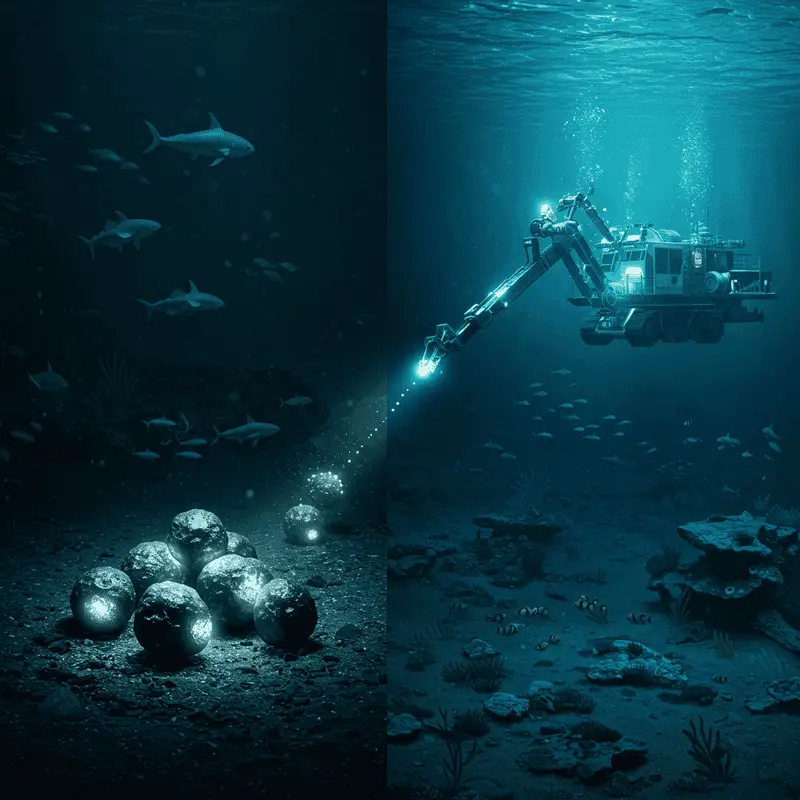
This new understanding of nodules as natural geobatteries adds complexity to the debate over deep-sea mining for metals like cobalt and nickel, which are crucial for green technologies. Removing these nodules could disrupt oxygen production and impact deep-sea ecosystems in ways not previously considered. Environmental advocates now have fresh arguments for caution, urging policymakers to weigh the ecological risks alongside the economic incentives of mining operations in regions like the Clarion-Clipperton Zone.
14. Potential Impacts on Global Oxygen Cycles
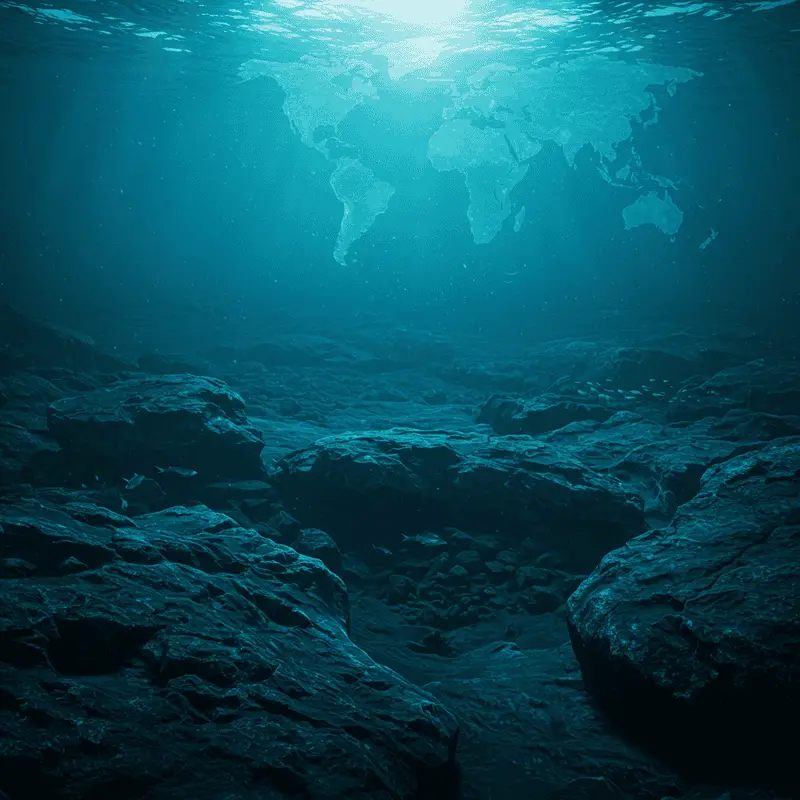
While the total amount of dark oxygen produced by the ocean floor may be modest compared to photosynthetic output, its existence introduces an overlooked dynamic in Earth’s global oxygen cycles. Even subtle contributions from geochemical processes could influence local and regional oxygen availability, especially in deep-sea ecosystems. This discovery prompts a reevaluation of how oxygen is cycled and distributed across the planet, highlighting the interconnectedness of surface and subsurface processes in sustaining life on Earth.
15. Comparisons to Hydrothermal Vents

While both hydrothermal vent ecosystems and nodule geobatteries support life in the deep sea, their underlying processes differ fundamentally. Hydrothermal vents fuel unique communities through chemosynthesis, where microbes convert chemicals like hydrogen sulfide into energy—without producing oxygen. In contrast, the geobattery effect relies on electrolysis to split water and release oxygen. This distinction reveals the astonishing diversity of survival strategies and metabolic pathways that have evolved in the lightless depths of Earth’s oceans.
16. Could Similar Processes Exist on Other Planets?
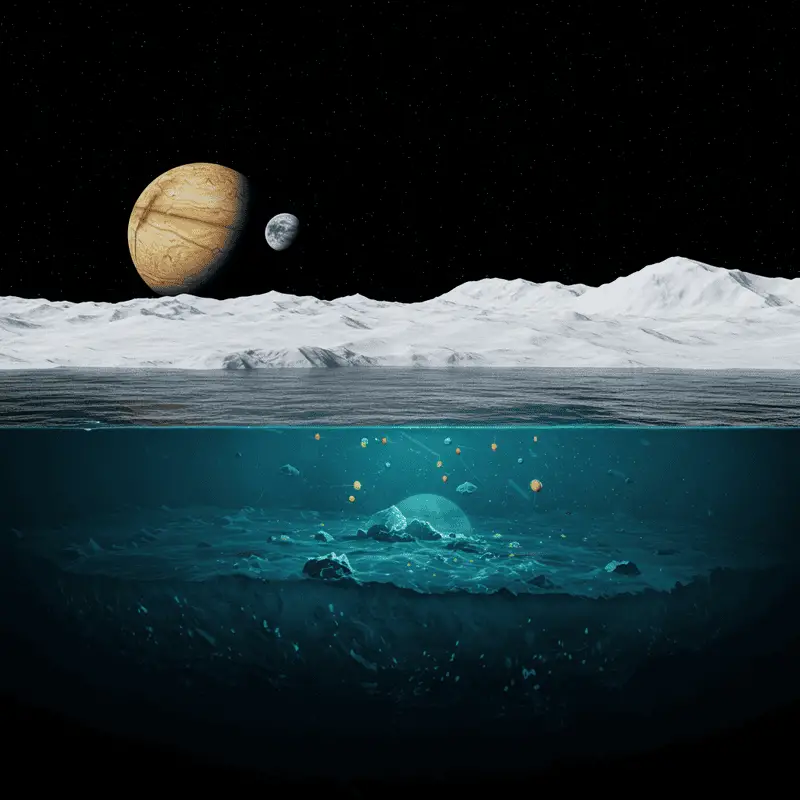
The discovery of oxygen-generating geobatteries on Earth raises tantalizing questions about the potential for extraterrestrial life. Icy ocean worlds like Jupiter’s moon Europa or Saturn’s Enceladus may have metal-rich seafloors and salty oceans, creating the right conditions for similar electrochemical reactions. If dark oxygen can be produced in the absence of sunlight, microbial life could theoretically persist in these alien oceans. This finding broadens our perspective on the potential habitability of planets and moons elsewhere in the solar system.
17. Technological Inspiration: Bio-Batteries and Beyond

The discovery of deep-sea nodules acting as natural batteries opens exciting avenues for technological innovation. Scientists are now exploring ways to mimic these geobattery systems to create sustainable, bio-inspired energy solutions. Applications may range from environmentally friendly bio-batteries to new water-splitting technologies for clean hydrogen production. By understanding and replicating the ocean’s electrochemical ingenuity, engineers could one day revolutionize how we generate and store renewable energy.
18. Sensor Technology: From Puzzles to Proof

The existence of dark oxygen was ultimately confirmed thanks to cutting-edge sensor technology capable of detecting trace oxygen concentrations in extreme underwater conditions. These highly sensitive devices distinguished genuine oxygen signals from background noise, providing irrefutable evidence of the geochemical process at work. Without such technological advances, the phenomenon of dark oxygen might have remained a scientific mystery—demonstrating the vital role of innovation in driving discovery on the ocean floor.
19. Collaboration Across Disciplines
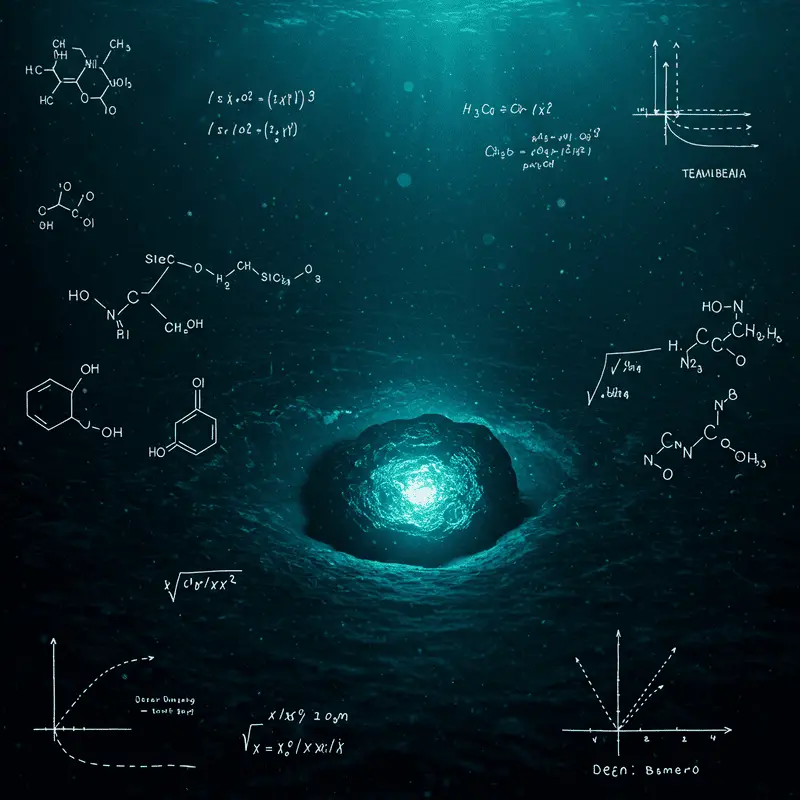
This groundbreaking discovery was made possible by collaborative efforts spanning multiple scientific fields. Oceanographers, chemists, and physicists combined their expertise to analyze data, decipher chemical reactions, and interpret the puzzling sensor readings. This interdisciplinary teamwork fostered creative problem-solving and accelerated the research process. The story of dark oxygen is a testament to the power of scientific collaboration, where diverse minds unite to unravel nature’s most elusive secrets hidden deep beneath the waves.
20. The Future of Deep-Sea Exploration

The revelation of dark oxygen generation is set to ignite a new era of deep-sea exploration. Scientists are already planning targeted expeditions to study geobattery sites and map the distribution of polymetallic nodules worldwide. These missions will leverage advanced robotics, submersibles, and sensor networks to probe the mysteries of the ocean floor. As the quest for knowledge continues, each dive holds the promise of uncovering novel processes and life forms that challenge our understanding of Earth’s hidden realms.
21. Educational Opportunities and Public Fascination

The extraordinary tale of dark oxygen and natural geobatteries is capturing imaginations worldwide. Teachers, science communicators, and museums are seizing the opportunity to inspire curiosity about marine science and Earth’s hidden systems. This discovery proves that even in the age of technology, our planet still holds astonishing secrets. By sparking wonder and dialogue, it encourages students and the public alike to explore the mysteries of the deep sea and the frontiers of science.
22. Remaining Questions and Next Steps

This discovery raises as many questions as it answers. Scientists are eager to learn how widespread geobattery-driven oxygen production is across the world’s oceans and what role it plays in supporting deep-sea ecosystems. Future research will investigate the factors influencing nodule formation, the longevity of geobatteries, and their interaction with marine life. Understanding these dynamics will be crucial for assessing the broader impact of dark oxygen and for guiding responsible stewardship of the ocean’s mineral resources.
Conclusion
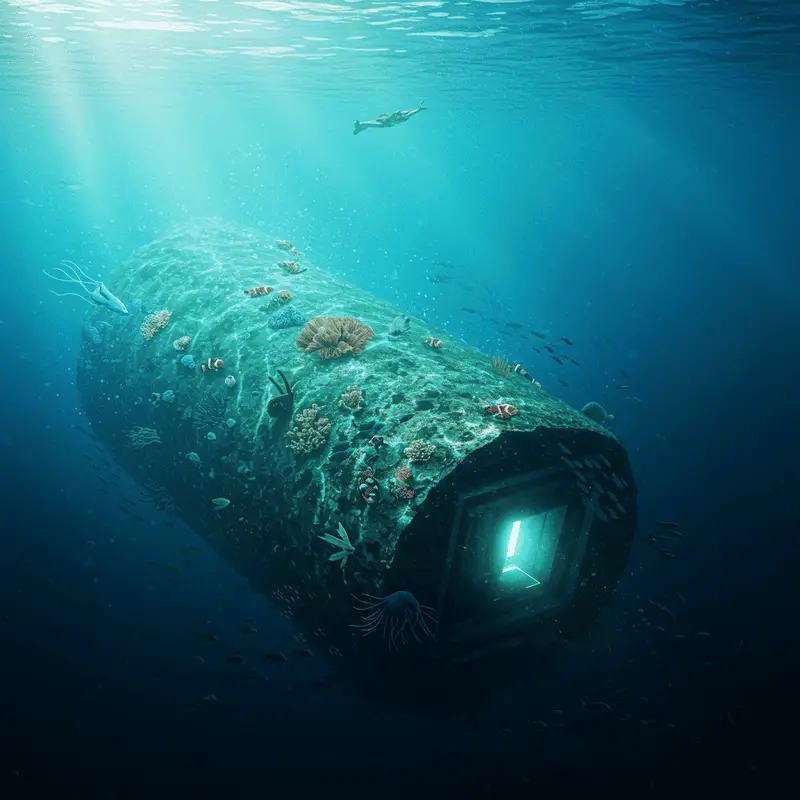
The discovery of dark oxygen generated by natural geobatteries in the ocean’s depths marks a watershed moment in Earth science. It challenges longstanding beliefs about oxygen production, broadens our understanding of life’s resilience, and inspires innovation in energy technology. As researchers continue to probe the abyss, these findings promise to reshape environmental policy, educational curricula, and even the search for extraterrestrial life. The ocean’s secrets are far from exhausted—now is the time to support exploration and embrace the unknown frontiers awaiting beneath the waves.



Vielleicht interessiert es Sie:
Wussten Sie! Minensuchratten auf dem Schlachtfeld und sie sind super effektiv!
Wie viele Giraffenarten gibt es? Leben sie alle in Afrika?
Der Vogel ist das Weibchen der Vögel: wahr oder falsch?
Warum bauen Biber Dämme? Welchen Nutzen?
Warum leben manche Tiere nachtaktiv? Welche Vorteile?
Küssen Tiere? Ist das die gleiche Bedeutung wie Menschen?
200+ Hilarious Seahorse Jokes That Will Make You Smile and Giggle
200+ Funny Investment Jokes to Boost Your Financial Humor Game